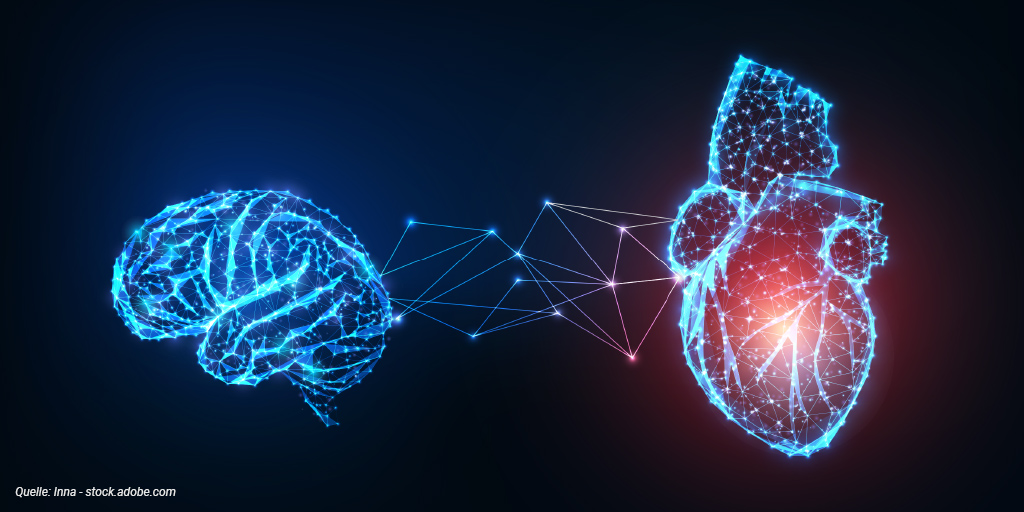
Evidence of disturbed gene activity in the brain as a result of heart problems. Researchers at the German Center for Neurodegenerative Diseases (DZNE), the University Medical Center Göttingen (UMG) and the German Center for Cardiovascular Research (DZHK) come to this conclusion based on laboratory studies. They consider that they have found a possible cause for the increased risk of dementia in people with heart problems. In mice, a specific drug which is known to affect gene activity alleviated the mental deficits. The involved experts see these results as potential approaches for therapies. The study data are published in the scientific journal EMBO Molecular Medicine.
In Germany, about four million people are affected by what is called “heart failure”: Their heart muscle is too...
Read More








Recent Comments